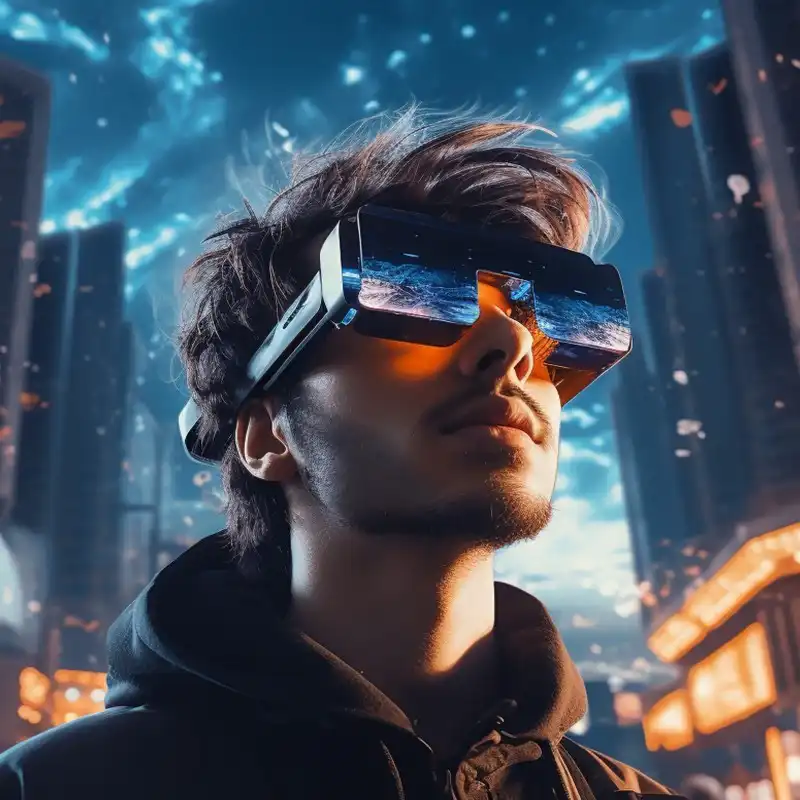What is the RGB Color Model?
The RGB Color Model is a color representation system used extensively in digital displays and electronic devices, such as televisions, computer monitors, and cameras. The acronym RGB stands for Red, Green, and Blue—the primary colors of light that can be combined in various ways to recreate a broad spectrum of colors. By adjusting the intensity of each of these three colors, many different hues can be created, enabling vibrant and diverse visual outputs. This model is additive, meaning that the colors get lighter as more color is added, which contrasts with subtractive color models such as CMYK, where colors darken as they are combined.
Key Takeaways
- The RGB Color Model is fundamental to digital image representation and helps define how electronic displays render various colors.
- This model is based on adding light of three primary colors—Red, Green, and Blue—to create different hues.
- RGB is crucial for web and screen design, where knowing color values determines how an image or graphic will appear across devices.
- Understanding RGB is essential for graphic designers, developers, and marketers working with digital media.
- RGB is not suitable for printing processes that rely on the subtractive CMYK model.
How the RGB Color Model Works
In the RGB Color Model, colors are created by combining the three primary colors of light: Red, Green, and Blue. Each color channel can vary in intensity, which is typically represented on a scale from 0 to 255 in digital contexts, allowing for over 16 million color combinations. For example, a pure red is represented as (255, 0, 0), a pure green as (0, 255, 0), and a pure blue as (0, 0, 255). When all three colors are combined at their highest intensity, they produce white (255, 255, 255), while the absence of all three results in black (0, 0, 0).
Applications of the RGB Model
The RGB Color Model is central to any field involving digital imagery and visuals. In website creation, it informs color choices for layouts and design elements to ensure visibility and aesthetic appeal across screens. In digital marketing, it ensures brand colors are consistent and recognizably vibrant. Social media content, digital advertisements, and multimedia presentations all benefit from the RGB model, where color accuracy and consistency can either make or break audience engagement.
Limitations of the RGB Model
While RGB works wonders for digital screens, it is not suitable for print media, which relies on the CMYK color model. This is because RGB uses light to create colors, while CMYK uses ink. Some colors visible in RGB cannot be replicated in print, and vice versa, which is why graphic designers often convert designs to CMYK when creating print-ready files.
The Bottom Line
The RGB Color Model is an essential concept for those involved in digital design and marketing. Mastery of RGB allows for precise and effective visual communication in digital mediums, as it is instrumental in defining how colors appear across various screens and devices. Professionals working with digital media must understand RGB to create accurate and professional-looking visual content, ensuring that their work is as effective and engaging as possible.
















